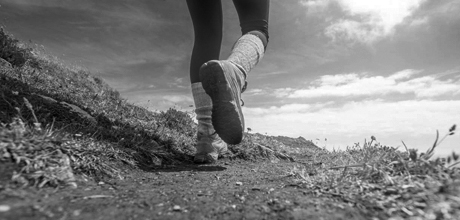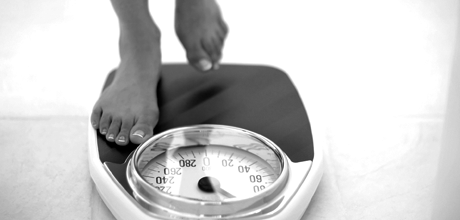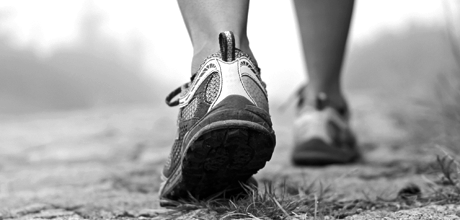4
After this many minutes, ramp up your intensity for 30 seconds – go uphill or increase your speed. Repeat for 30 minutes as this will give you the same cardio benefits as 90 minutes of steady moderate exercise.
Category Archives: Exercise
REASONS TO WALK #8.
REASONS TO WALK #7.
REASONS TO WALK #6
REASONS TO WALK #5
REASONS TO WALK #4
REASONS TO WALK #3
REASONS TO WALK #2
REASONS TO WALK #1
EXERCISE OF THE MONTH: DECEMBER.
TIPTOE PLIÉ SQUAT
Benefits:
Targets your inner thighs with a ballet-inspired move. Going on tiptoes also tones your calves, and strengthens your glutes.
How to do it:
- Stand with your feet wider than shoulder-width apart, with your toes pointed out at 45°.
- Engage your core and hold your arms in front of your chest for balance.
- Lift your heels off the floor and squat, keeping your knees above your ankles. Pause, then squeeze your glutes to stand up and slowly lower your heels.
- Start with 2 sets of 15 reps. This can be increased as you improve.








